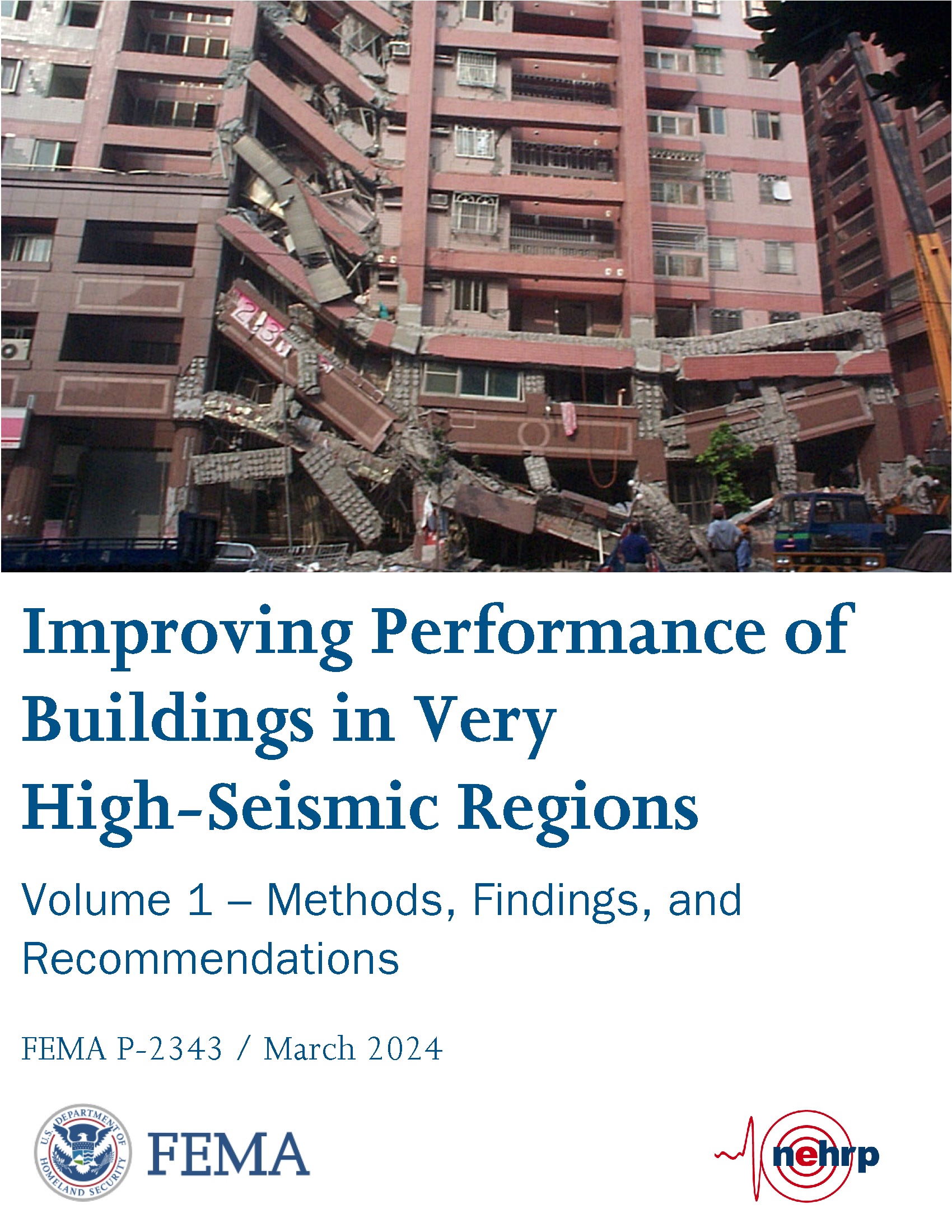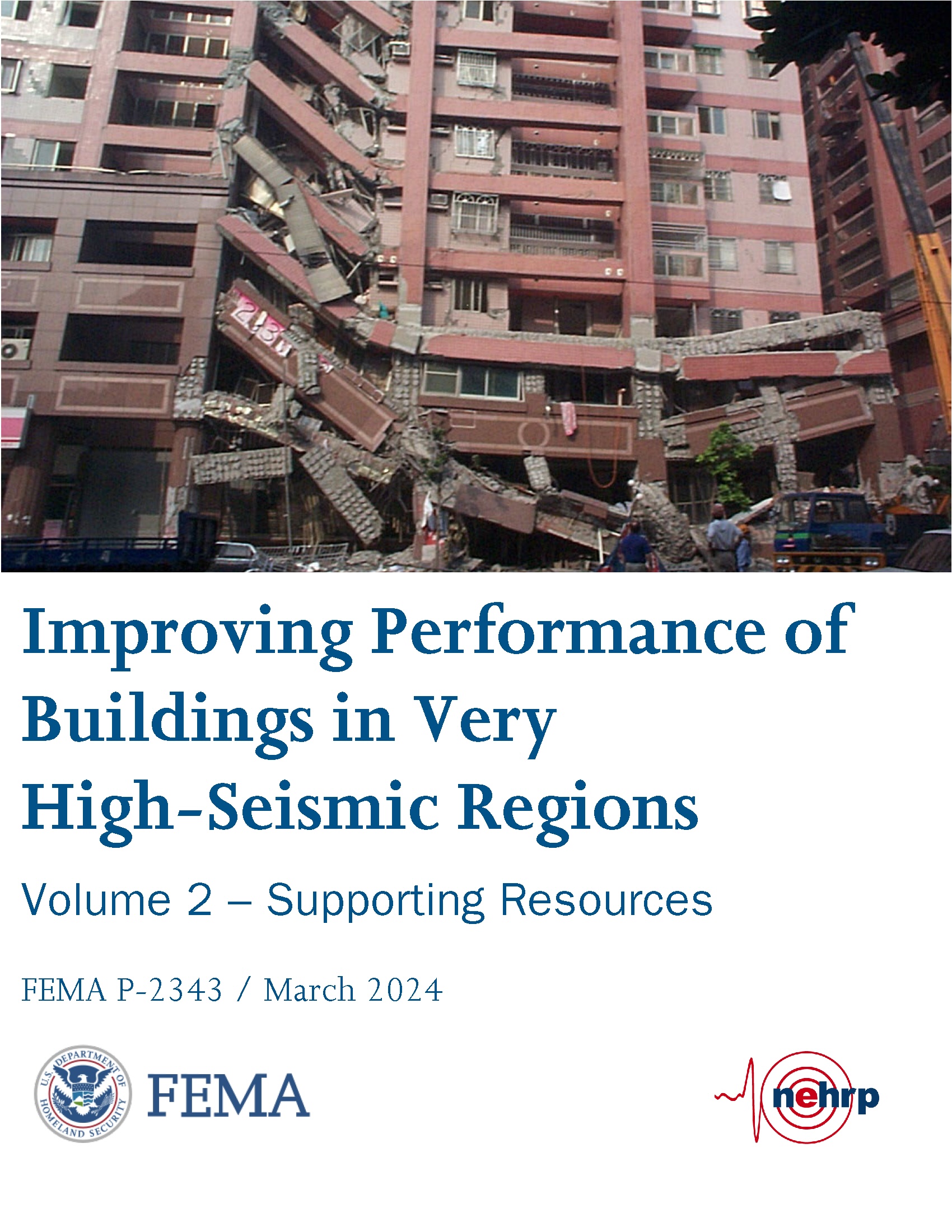FEMA P-2343, Improving Performance of Buildings in Very High-Seismic Regions

|
This report ( volume 1 , volume 2 ) documents a three-year study of the expected seismic collapse performance of modern, code-conforming buildings in very high-seismic regions. The document describes the scope, approach, and analytical methods of the study and provides key findings and recommendations. Nearly 43 million people and 13 million buildings in the United States are located in very high-seismic regions, such as those relatively close to active faults, but very few prior analytical studies have investigated the collapse potential of buildings subjected to such high ground motions. FEMA P-2343 documents a study of the expected seismic performance of four structural systems common in these regions—(1) wood light-frame walls with wood structural panel sheathing, (2) steel buckling retrained braced frames, (3) steel special moment resisting frames, and (4) reinforced concrete ductile coupled walls. The study includes results for building archetypes of these structural systems that represent a range of properties relevant to expected collapse performance. The analytical results show that probabilities of collapse increase with increasing risk-targeted Maximum Considered Earthquake (MCER) ground motions across all investigated structural systems, despite the archetype design strengths increasing proportionally for stronger shaking as is currently required by national codes and design standards. The trend suggests that seismic design strength in very high-seismic regions may need to be increased in order to achieve ASCE/SEI 7 performance criteria for seismic collapse. In total, the collapse performance of about 800 archetype models across the four structural systems was investigated. The methods for developing these archetype models are described in the report, with their properties largely derived from prior studies in published literature. FEMA P-2343 also describes a validation study that included designing archetypes with steel special moment resisting frames (SMF) systems. Two-dimensional, multi-degree-of-freedom models for these archetypes were developed in order to investigate their collapse performance. The validation study using these steel SMF archetypes is described in Chapter 5 and Appendix F of Volume 1. Detailed calculations for the designs of the steel SMF archetypes of the validation study can be downloaded here:
Steel SMF RCII High D Seismic Design Report
|


